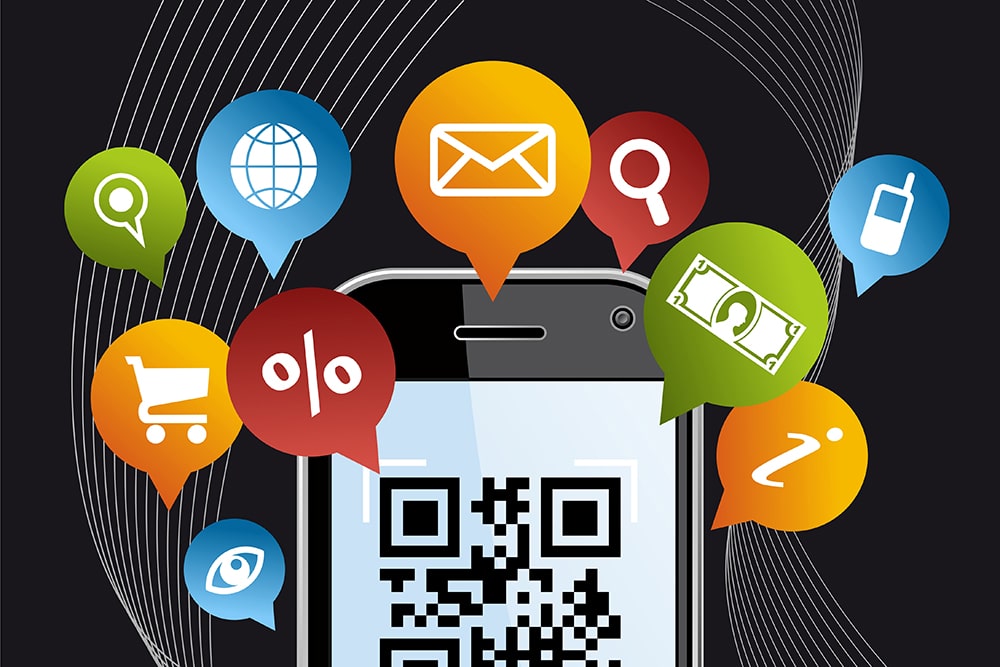Mobile marketing is a unique route of business to take when it comes to advertising. It can be very invasive to potential customers. Chances are you are going to ruffle some feathers. After all, you can’t please everyone. Just don’t get on anyone’s bad side. Be fair in regards to consumer protection acts out there such as the CAN SPAM Act. Even though the CAN SPAM Act mostly pertains to email, you can still spam customers via email, text messages or phone calls on their mobile devices. That’s why touches are critical; there’s no need to vomit on someone with endless product or service features. Send them valuable information so they know you are serious about your business and are professional. Think of your prospects as clients you’re trying to win over instead of turnover at a restaurant. Read on because it’s critical you avoid the 5 mobile marketing mistakes you’re making!
Mistake #1: Being A Creep
Just like in the online dating pool, there are many ways to turn people off within your mobile marketing tactics. For example, personalized or customized messages have been shown to deliver better engagement (i.e. newsletters with “Dear ~Contact.FirstName.” However, there is a line and it’s one that’s too easy to cross. Many marketers are eager to get their point across. That eagerness can come across as creepy if you bring up anything that shows you’re tracking them. In that instance, you should be blocked and lose that customer. We’ve all been in that position so it’s not the worst thing. At best, it’s a learning experience. No one likes a creep. Testing is necessary to find that optimal balance of personalization and comfort. Don’t let any opt-outs discourage you.
Mistake #2: Too Much Contact
Again, just like dating, consumers know when you are being too aggressive and will naturally back off, cancel or unsubscribe. In the real world, you know when a date is not returning your texts; the same is true for mobile marketing. Don’t send too many pushes or notifications, especially if there’s zero reciprocation. You may be wondering: how many is too many? It depends on the circumstances.
A news app such as the Associated Press can easily get by with 10 push notifications a day, whereas a shopping app like Wish may cross the line even with two coupons a day. Certain people like attention, while others disregard it. The fine line I mentioned earlier falls back to testing and finding what works for your targeted audience. Traditionally, marketers have had to rely on their gut when deciding how many push notifications are too many. Now, dense amounts of data can be gathered from analytics, which based on the platform, can yield notification opt-outs and app uninstall rates.
For those old school marketers who take the path less traveled and interfere with phone calls, I have news for you. Personally, local and distant numbers who call me and leave automated voicemails get blocked. Even without a voicemail, I block their numbers. It’s clear the person or bot on the other end of the line is not going to make me happier, make me money or make me focus. Do you really think I’m going to waste my time to learn how I can make $10,000 in 15 days with your “special program”?
Mistake #3: Ignoring The Time

Mistake #4: Lack Of Diversity
You won’t know what’s effective until you try something new. One way of doing things is not the end-all, be-all answer for your mobile marketing strategy. It’s important to test other elements of how your present yourself. Ensure you are optimizing your user interface and the user experience by testing and learning. I’ll give you all another real world example here. I will not download an app, no matter how perfect the concept is if 1) the app icon is unappealing and more importantly, 2) the design is amateur or mediocre. We come back to brand cohesion: all your messages, colors, fonts, and formats come into play here too. You must evolve and innovate in today’s mobile-only world.
Mistake #5: Believing In “One And Done”
Effective marketing can get you through the door. It can open you up to an initial pitch or meeting. Shockingly, on average, only three out of ten users will use your app once, according to Leanplum’s data. Don’t allow these engagements to die. become missed opportunities to gain a customer and build brand loyalty. Make sure you never let a prospect slip through your fingers. Put automated technology in place to rescue those who withdraw from your marketing campaign.
Mobile marketing requires respecting and understanding the end user. Keep in mind that ideally, you should be working towards building a long-lasting relationship with customers. Their loyalty is worth more than a one-time credit card payment.
Thank you for your attention! Take these 5 mobile marketing mistakes with you as a PDF by clicking below!



Recent Comments